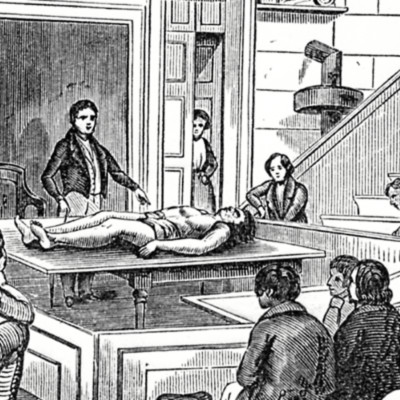Featured Story A Historical Guide to Pandemic Responses
The first in a series of short essays act as “signposts” to highlight historical research on prior responses to rapidly spreading disease among populations. Exploring the world’s previous experience with epidemics and pandemics, these posts aim to help a general audience learn how past responses offer enduring lessons for the future.




